Michael Albright
Source Generator Attribution via Inversion
May 06, 2019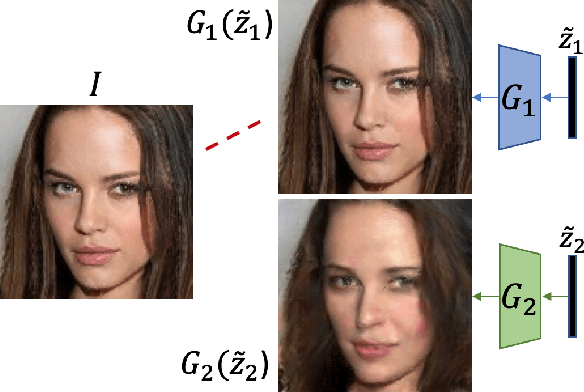

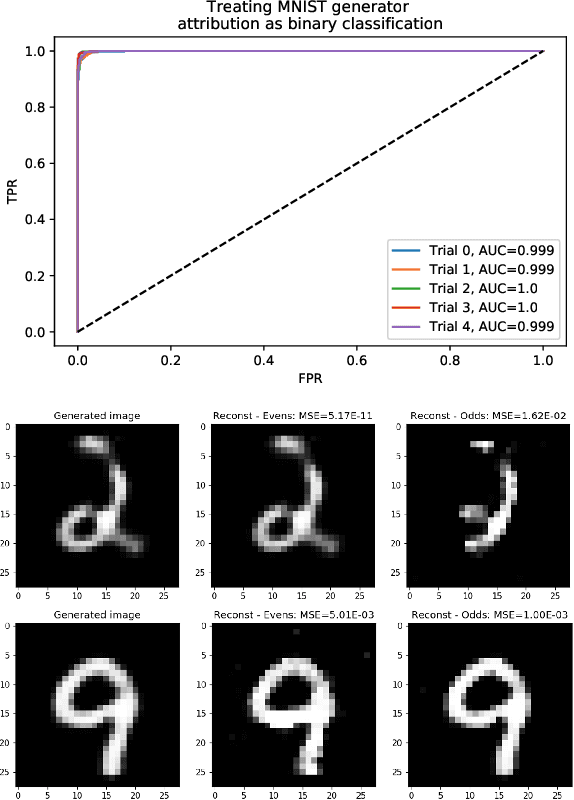
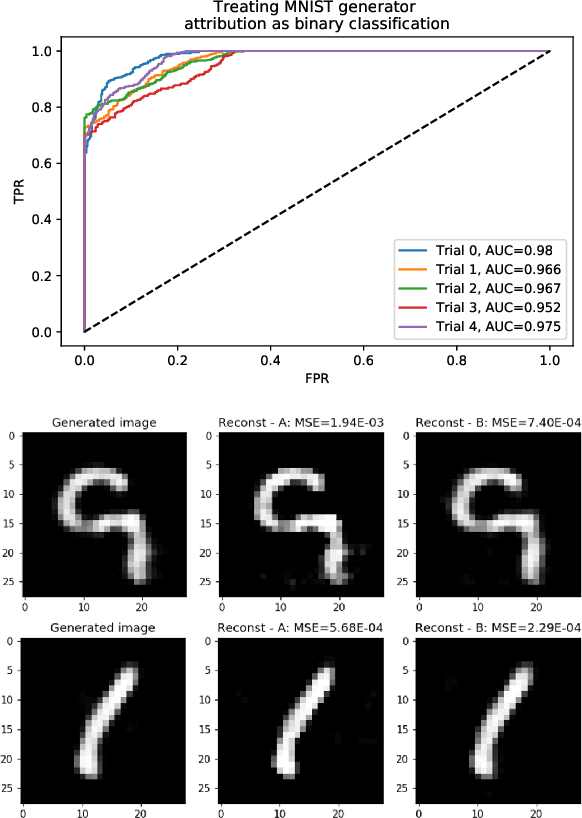
Abstract:With advances in Generative Adversarial Networks (GANs) leading to dramatically-improved synthetic images and video, there is an increased need for algorithms which extend traditional forensics to this new category of imagery. While GANs have been shown to be helpful in a number of computer vision applications, there are other problematic uses such as `deep fakes' which necessitate such forensics. Source camera attribution algorithms using various cues have addressed this need for imagery captured by a camera, but there are fewer options for synthetic imagery. We address the problem of attributing a synthetic image to a specific generator in a white box setting, by inverting the process of generation. This enables us to simultaneously determine whether the generator produced the image and recover an input which produces a close match to the synthetic image.
Bridging the Gap Between Computational Photography and Visual Recognition
Jan 28, 2019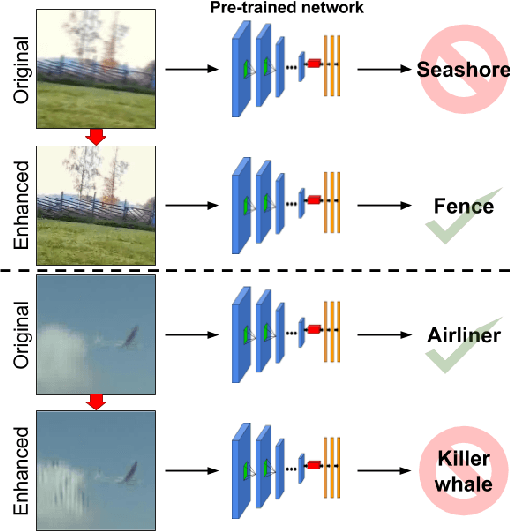
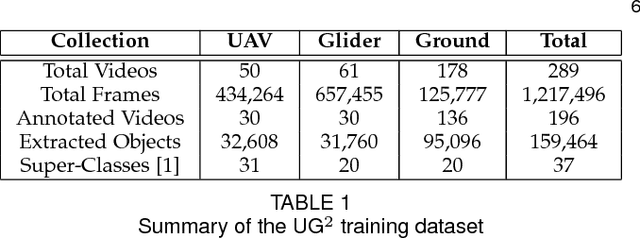
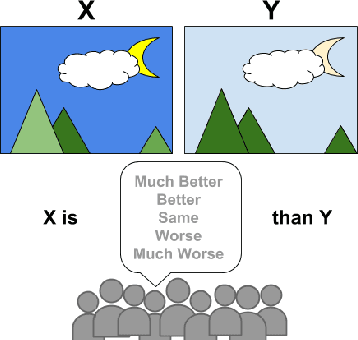

Abstract:What is the current state-of-the-art for image restoration and enhancement applied to degraded images acquired under less than ideal circumstances? Can the application of such algorithms as a pre-processing step to improve image interpretability for manual analysis or automatic visual recognition to classify scene content? While there have been important advances in the area of computational photography to restore or enhance the visual quality of an image, the capabilities of such techniques have not always translated in a useful way to visual recognition tasks. Consequently, there is a pressing need for the development of algorithms that are designed for the joint problem of improving visual appearance and recognition, which will be an enabling factor for the deployment of visual recognition tools in many real-world scenarios. To address this, we introduce the UG^2 dataset as a large-scale benchmark composed of video imagery captured under challenging conditions, and two enhancement tasks designed to test algorithmic impact on visual quality and automatic object recognition. Furthermore, we propose a set of metrics to evaluate the joint improvement of such tasks as well as individual algorithmic advances, including a novel psychophysics-based evaluation regime for human assessment and a realistic set of quantitative measures for object recognition performance. We introduce six new algorithms for image restoration or enhancement, which were created as part of the IARPA sponsored UG^2 Challenge workshop held at CVPR 2018. Under the proposed evaluation regime, we present an in-depth analysis of these algorithms and a host of deep learning-based and classic baseline approaches. From the observed results, it is evident that we are in the early days of building a bridge between computational photography and visual recognition, leaving many opportunities for innovation in this area.
Detecting GAN-generated Imagery using Color Cues
Dec 19, 2018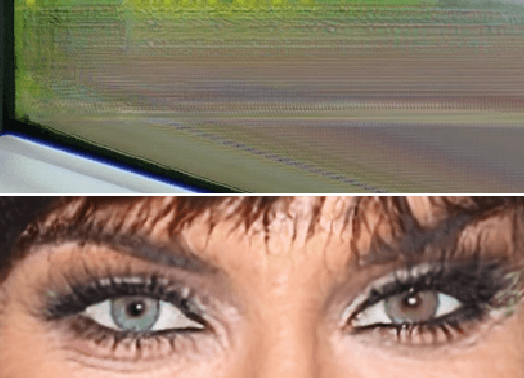
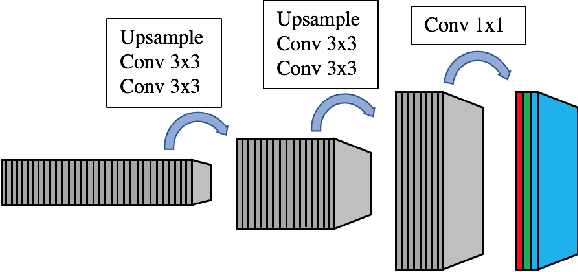

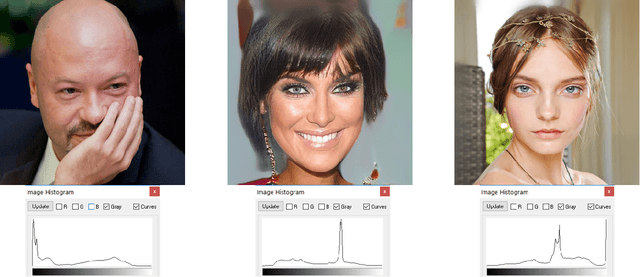
Abstract:Image forensics is an increasingly relevant problem, as it can potentially address online disinformation campaigns and mitigate problematic aspects of social media. Of particular interest, given its recent successes, is the detection of imagery produced by Generative Adversarial Networks (GANs), e.g. `deepfakes'. Leveraging large training sets and extensive computing resources, recent work has shown that GANs can be trained to generate synthetic imagery which is (in some ways) indistinguishable from real imagery. We analyze the structure of the generating network of a popular GAN implementation, and show that the network's treatment of color is markedly different from a real camera in two ways. We further show that these two cues can be used to distinguish GAN-generated imagery from camera imagery, demonstrating effective discrimination between GAN imagery and real camera images used to train the GAN.
 Add to Chrome
Add to Chrome Add to Firefox
Add to Firefox Add to Edge
Add to Edge